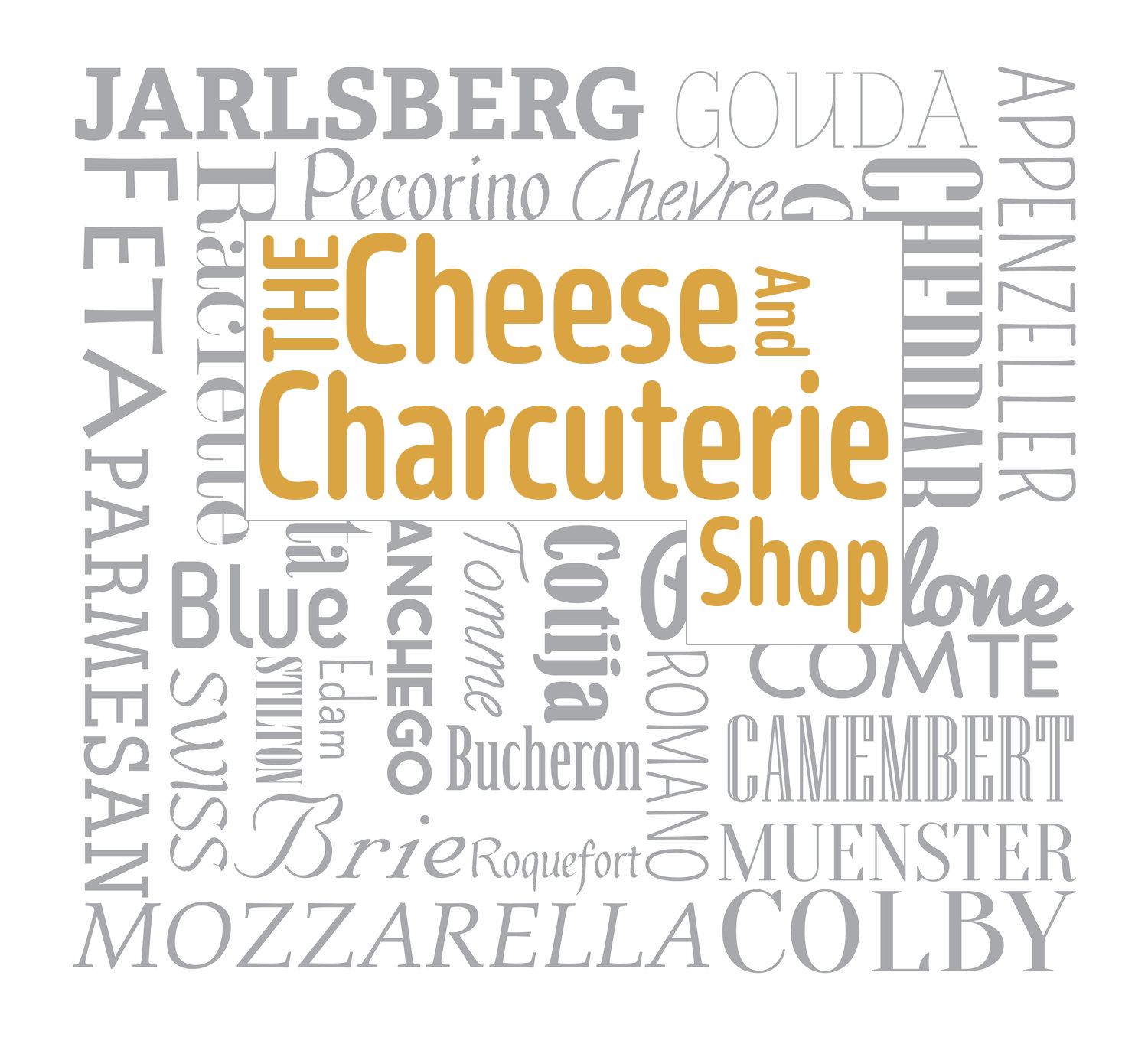Cheese Production
The appeal of cheese both captivates our palate & challenges our intellect. Simple in nature yet seemingly complex in process, cheese intrigues (& sometimes intimidates) us with myriad flavors, textures, colors & aromas cultivated from just four basic ingredients: milk, culture, rennet & salt. The manner in which these items work together to create the diverse realm of cheese can be easily understood by realizing that cheese production is simply “stages of controlled spoilage,” an apt description put forth by cheese guru Steve Jenkins.
Milk: Cheese can be made from a variety of animal milk. In the United States the most common are cow, goat, sheep, water buffalo, or an amalgamation of these milks. Throughout the world, however, cheese is also made from camel, yak & reindeer milk. The amount of milk yielded by different animals varies-for example, cows yield the most (about 20 to 50 quarts a day), followed by goats (3-4 quarts) & sheep (about 1 quart a day).
Starter Culture: Often a unique recipe, starter culture remains active during the ripening/aging process & is one of the key components in a cheese’s flavor, appearance & aroma. The starter culture (often containing a bacteria strain such as Streptococci or Lactobacilli, for example) is also sometimes used to coagulate the milk by lowering the pH (see below).
Coagulation: There are two methods for coagulating milk and creating curd—Lactic Coagulated and Rennet Coagulated. Each of these methods use the starter culture to perform different tasks in the cheese-making process
Lactic Coagulated Cheese: The bacteria in the starter culture begins feeding on the milk sugars, or lactose, and the by-product of this feeding process is lactic acid, which acidifies (drops the pH) the milk. These increased levels of lactic acid coagulate the milk into curd. Cheeses made using lactic acid (or other acids like lemon juice or vinegar) will also use rennet to help firm up the curd—not create the curd. Lactic acid coagulated cheeses, like chevre and bucheron, are often softer & moister.
Rennet Coagulated Cheese: Rennet contains the chief enzyme rennin, which, in rennet coagulated cheeses, is responsible for coagulation by reacting with the casein micelles in the milk. Almost all hard cheeses are rennet coagulated cheeses. Traditionally, rennet was only extracted from the fourth stomach of young ruminant animals, though today it is often commercially produced & can be microbial, vegetable or synthetic.
